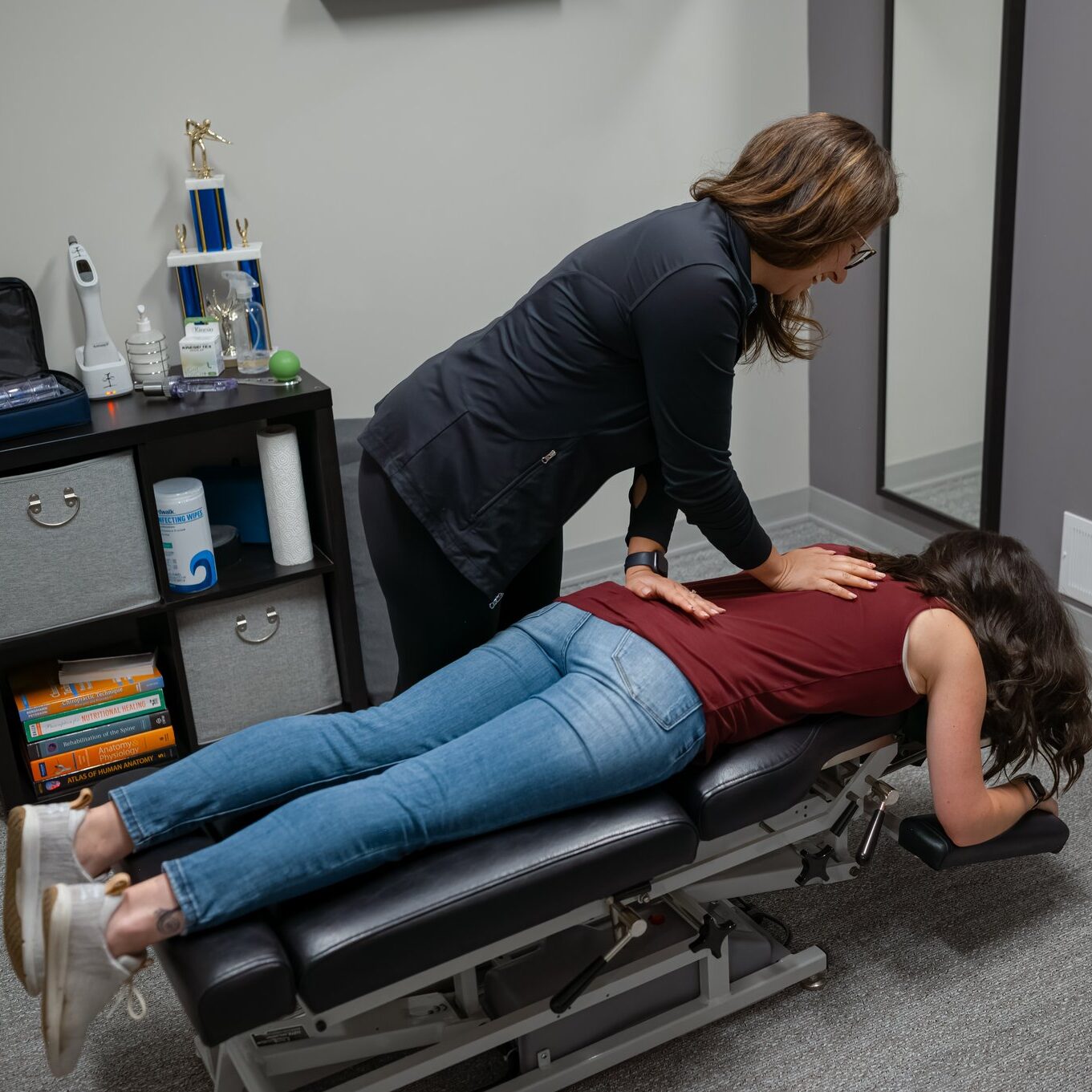Postpartum low back pain is a common issue that affects many new parents. With the physical changes that occur during pregnancy and childbirth, along with the demands of caring for a newborn, it’s no surprise that back pain often lingers after birth. Fortunately, there are effective ways to manage and relieve this discomfort.
Why Postpartum Back Pain Happens
During pregnancy, the body undergoes substantial changes. The hormone relaxin is released to loosen the ligaments in the pelvis and prepare the body for childbirth. This can lead to joint instability, often causing discomfort or pain in the lower back. Additionally, as the abdomen stretches to accommodate a growing baby, core muscles can weaken, placing extra strain on the back.
After birth, physical stress often increases from activities like feeding, carrying, and lifting the baby. The combination of weakened abdominal muscles, altered posture, and ligament laxity contributes to the prevalence of low back pain in the postpartum period.
Common Symptoms of Postpartum Low Back Pain
Postpartum low back pain can range from mild discomfort to severe, limiting pain. Common symptoms include:
- Persistent dull ache or sharp pain in the lower back
- Stiffness, especially after periods of rest or inactivity
- Pain that worsens with certain activities, like lifting or bending
- Discomfort that may radiate to the hips or legs
If the pain persists or worsens, it’s essential to address it early to prevent long-term issues.
Effective Ways to Relieve Postpartum Low Back Pain
- Strengthening Core Muscles: Weak core muscles are often a major contributor to back pain. Begin with gentle exercises that target core stability, like diaphragmatic breathing and transverse abdominis activation. As strength returns, gradually progress to more challenging exercises.
- Improving Posture: New parents often adopt a rounded posture while feeding and caring for the baby. Simple posture adjustments, such as pulling the shoulders back and keeping the spine neutral, can help reduce strain. You can also give the Postpartum Postural Protocol a try!
- Chiropractic Care: Chiropractic adjustments can realign the spine and pelvis, offering relief and improving mobility. Regular chiropractic visits may reduce pain and support healing. To book an appointment with me, please CLICK HERE.
- Massage Therapy: Postpartum massage is beneficial for loosening tight muscles and increasing circulation, which may help alleviate discomfort. Massage also promotes relaxation, which is essential for healing. To book an appointment with one of our Licensed Massage Therapists, please CLICK HERE.
- Pelvic Floor Exercises: The pelvic floor muscles are closely connected to the core. Improving the function of these muscles may be beneficial for low back pain as well. It is important to see a provider who specializes in pelvic health before beginning to do Kegels, as that is not the appropriate exercise for every person. To see a list of our trusted referrals, please CLICK HERE.
Moving Forward with Care
The journey to recovery after childbirth takes time. By prioritizing exercise, strengthening, focusing on posture, and seeking support, most people can find relief from postpartum low back pain. Remember, investing in self-care is key to a healthy and enjoyable parenting experience.





